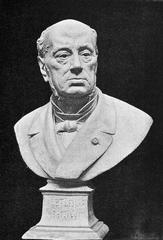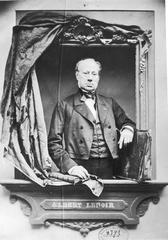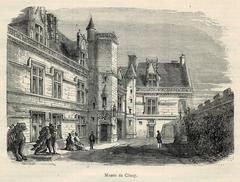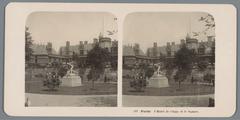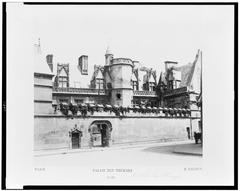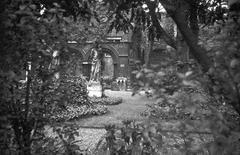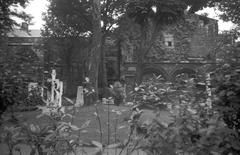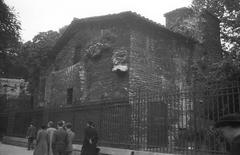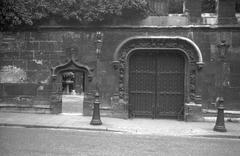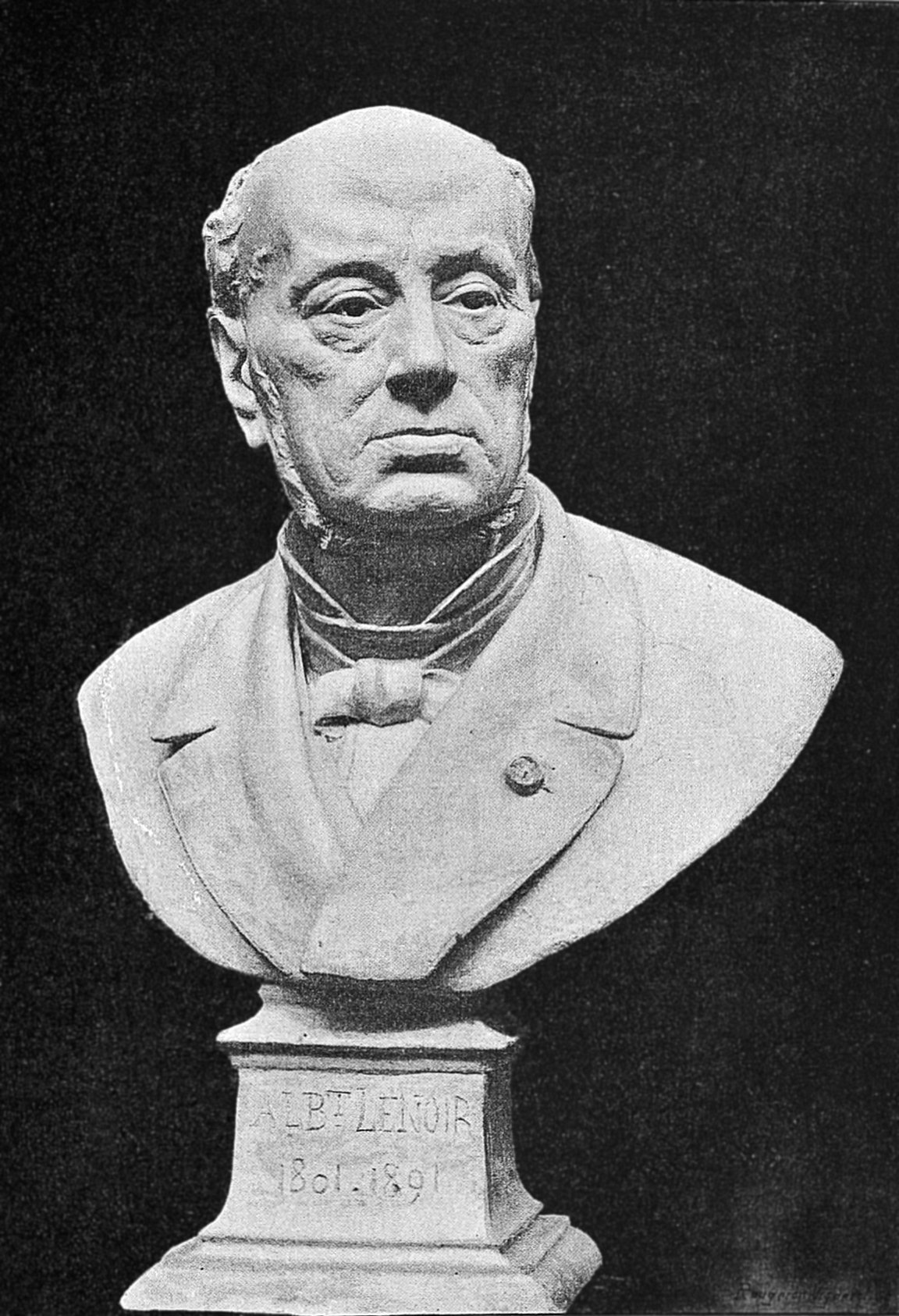
Musée de Cluny Paris: Visiting Hours, Tickets, and Guide to Historical Sites
Date: 14/06/2025
Introduction
Nestled in the heart of Paris’s Latin Quarter, the Musée de Cluny—Musée National du Moyen Âge—offers a compelling journey through 1,500 years of French history. This exceptional museum uniquely blends the remains of Paris’s ancient Roman baths with the Gothic elegance of the late 15th-century Hôtel de Cluny, presenting a layered architectural and cultural experience. Home to a world-renowned collection of medieval artifacts—including the legendary “Lady and the Unicorn” tapestries—the museum stands as a testament to the city’s enduring historical narrative. This guide provides essential information on visiting hours, ticketing, accessibility, collection highlights, and insider tips to help you make the most of your visit (historytools.org; Visit Paris Region; Dreamer at Heart).
Historical Overview
Roman Roots and Medieval Foundations
The Musée de Cluny occupies a site with remarkable historical depth. Its oldest structure, the Thermes de Cluny, dates from the late 2nd to early 3rd century CE and represents some of the best-preserved Roman ruins in Paris. These Gallo-Roman baths, with their frigidarium (cold room), caldarium (hot room), and tepidarium (warm room), connect visitors with the daily life of ancient Lutetia, the predecessor of modern Paris (thegeographicalcure.com; paristouristinformation.fr).
By the 14th century, the Benedictine Abbey of Cluny acquired the site, integrating the Roman remains into the construction of a grand Gothic mansion—demonstrating the continuity and transformation of Paris across centuries.
The Hôtel de Cluny: Medieval Grandeur
Constructed between 1485 and 1510, the Hôtel de Cluny served as the Parisian residence of the abbots of Cluny. This late Gothic mansion, with its ornate sculptural decoration, mullioned windows, and spiral staircase, exemplifies medieval civil architecture. Through the centuries, it became a hub for religious and political life, once sheltering Mary Tudor, sister of Henry VIII, after the death of Louis XII (cluny-abbaye.fr; historyhit.com).
Post-Revolutionary Decline and Museum Creation
After the French Revolution, the building underwent various secular uses. Alexandre du Sommerard, an early collector of medieval art, settled here in 1833, displaying his extensive collection. Following his death, the French state purchased the property and collection, officially founding the Musée de Cluny in 1844 (parisinsidersguide.com).
Renovation and Modernization
A major 21st-century renovation, completed in 2022, introduced a new entrance pavilion and enhanced accessibility features while preserving the site’s historic character. The museum’s architecture now seamlessly weaves together Roman, Gothic, and contemporary design, creating a singular setting for its collections (designboom.com; musee-moyenage.fr).
Collection Highlights
The Lady and the Unicorn Tapestries
The museum’s crown jewel, the six “Lady and the Unicorn” tapestries, is celebrated as a masterpiece of Western medieval art. Woven around 1500, these enigmatic works illustrate allegories of the five senses and a mysterious sixth sense, interpreted as “À mon seul désir.” The tapestries’ vibrant colors, intricate symbolism, and preservation make them a must-see (Dreamer at Heart; Bonjour Paris).
Gallo-Roman Baths
The frigidarium, with its soaring vaulted ceiling, provides a dramatic setting for displaying ancient and early medieval artifacts, such as the 1st-century Pillar of the Boatmen and Visigothic treasures. Exploring this space offers a direct connection to Paris’s Roman origins (Sortir à Paris).
Medieval Sculpture and Decorative Arts
The collection features original sculptures from Notre-Dame de Paris, stained glass from Sainte-Chapelle, intricately carved caskets, choir stalls, and religious reliquaries—demonstrating the breadth of medieval artistry (Fine Books Magazine).
Illuminated Manuscripts and Everyday Objects
Illuminated manuscripts, jewelry, ivories, and everyday tools provide insight into the intellectual, spiritual, and daily life of the Middle Ages, spanning both sacred and secular realms.
Visiting the Musée de Cluny: Hours, Tickets, and Accessibility
Hours
- Tuesday to Sunday: 9:30 am to 6:15 pm (last entry 5:30 pm)
- Closed Mondays, January 1, May 1, December 25
- Extended Hours: 1st and 3rd Thursdays of each month until 9:00 pm (Sortir à Paris)
Tickets
- Standard admission: €12
- Reduced rate: €10
- Free entry: Visitors under 18, EU residents under 26, first Sunday of each month (for all visitors)
- Paris Museum Pass accepted
- Online purchase recommended to avoid queues, especially on free entry days or peak times (Visit Paris Region)
Accessibility and Facilities
- Address: 28 rue Du Sommerard, 75005 Paris
- Wheelchair accessible: Elevators, ramps, accessible restrooms
- Amenities: Gift shop, bookstore, restrooms, cloakrooms, Café des Amis (outdoor seating in the courtyard)
- Assistance: Available upon request for visitors with reduced mobility (musee-moyenage.fr)
- Guided tours: Offered regularly in multiple languages. Audio guides and printed materials available (Paris on the Way)
Getting There
- Metro: Cluny-La Sorbonne (lines 10, 4), Odéon, Saint-Michel Notre-Dame
- RER: Saint-Michel (B, C), Luxembourg (B)
- Nearby sites: Panthéon, Sorbonne, Jardin du Luxembourg, Notre-Dame (European Traveler)
Suggested Itinerary and Visitor Tips
Recommended Visit Duration
Allow 2–3 hours to explore the permanent collection, temporary exhibitions, and the historic building (Dreamer at Heart).
Step-by-Step Visit
- Arrival: Enter via 28 rue Du Sommerard. Collect a map and check the schedule for guided tours.
- Gallo-Roman Baths: Begin your visit in the frigidarium to discover ancient Paris.
- Chronological Galleries: Proceed through 21 rooms organized chronologically, viewing artifacts from late antiquity through the late Middle Ages.
- Lady and the Unicorn Tapestries: Spend time in the dedicated gallery to appreciate these iconic works.
- Temporary Exhibitions: Visit current special exhibitions for contemporary dialogues with medieval art.
- Courtyard and Café: Take a break in the tranquil courtyard café.
- Gift Shop: Browse for medieval-inspired gifts and books before departure.
Best Times to Visit
- Weekday mornings and late afternoons are generally quieter.
- Avoid weekday mornings if you wish to miss school groups.
- On free Sundays, arrive early or late to minimize wait times.
Photography
- Non-flash photography is allowed in most galleries. Check restrictions for specific exhibits.
Special Exhibitions and Programs
- Current Exhibition: “Convoquer les Chimères” (March 25–July 20, 2025), a dialogue between medieval and contemporary art (Musée de Cluny – Expositions).
- Upcoming: “Le Moyen Âge du 19e siècle” (October 7, 2025–January 11, 2026), exploring 19th-century fascination with medieval art (Sortir à Paris).
Frequently Asked Questions (FAQ)
Q: How do I buy Musée de Cluny tickets?
A: Tickets can be purchased online via the official museum website or at the entrance. Online purchase is recommended, especially on free or busy days.
Q: Are there discounts or free entry?
A: Yes, free for under 18s, EU residents under 26, and on the first Sunday of each month. Reduced rates are also available.
Q: Is the museum accessible?
A: The museum is fully accessible with elevators and ramps. Some historic sections may have uneven floors; staff can assist.
Q: Are guided tours available?
A: Yes, in multiple languages. Audio guides and family-friendly resources are also offered.
Q: Can I take photos inside?
A: Non-flash photography is permitted in most areas; restrictions apply in some galleries.
Q: What is the best time to visit to avoid crowds?
A: Weekday mornings or late afternoons, particularly on days with extended hours.
Enhance Your Visit
- Interactive Digital Panels: Located throughout the galleries for in-depth interpretation.
- Virtual Tours: Available on the museum website.
- Audio Guides: Downloadable or available at reception.
- Social Media: Follow the museum and Audiala for updates and visitor tips.
Related Paris Historical Sites
Conclusion
The Musée de Cluny is a standout destination for anyone interested in the art, history, and architecture of the Middle Ages. Its remarkable collections, immersive setting, and thoughtful visitor amenities promise an enriching and memorable experience. Plan ahead by checking opening times, booking tickets online, and exploring digital or guided resources. For the latest updates, download the Audiala app and follow us on social media.
Embark on a journey through time at the Musée de Cluny—and let Paris’s medieval past inspire your present.
Sources and Further Reading
- Musée de Cluny: A Complete Visitor’s Guide to Paris’s Premier Medieval Museum, 2025, historytools.org
- Your Ultimate Guide to Visiting the Musée de Cluny: Hours, Tickets, Collections & Paris Historical Sites, 2025, Visit Paris Region
- Musée de Cluny Visiting Hours, Tickets & Guide to Paris’s Medieval Museum, 2025, European Traveler
- Musée de Cluny Visiting Hours, Tickets, and Complete Guide to This Paris Historical Site, 2025, Sortir à Paris
- Musée de Cluny – Expositions, 2025, Musée de Cluny Official Website
- Dreamer at Heart
- Bonjour Paris
- Fine Books Magazine
- Paris on the Way
